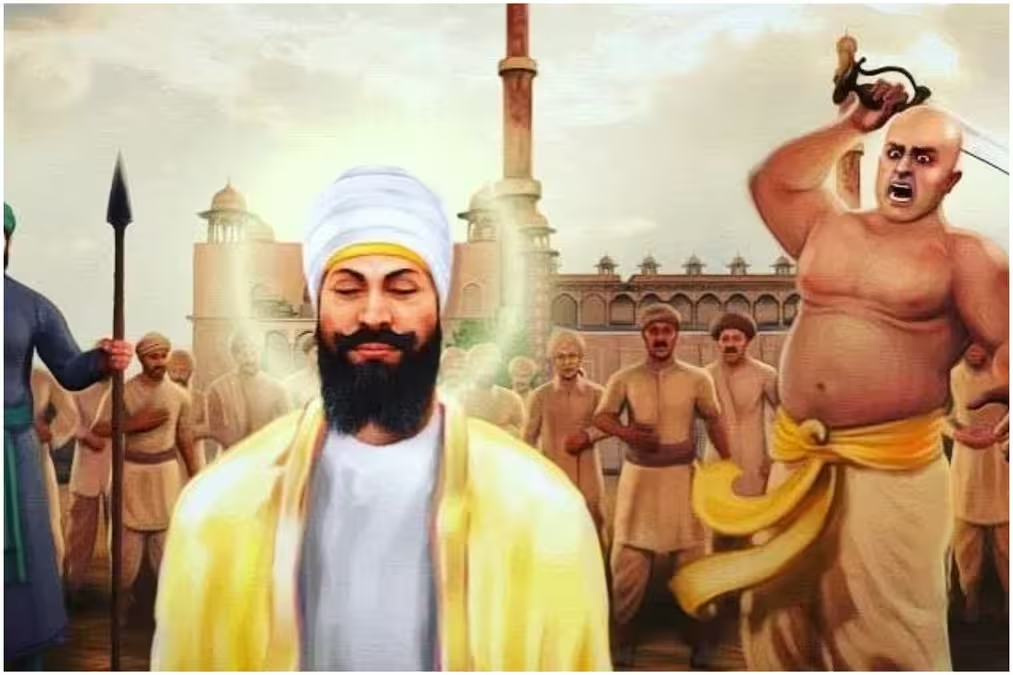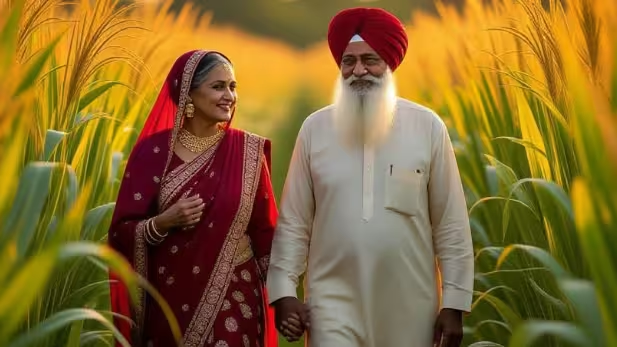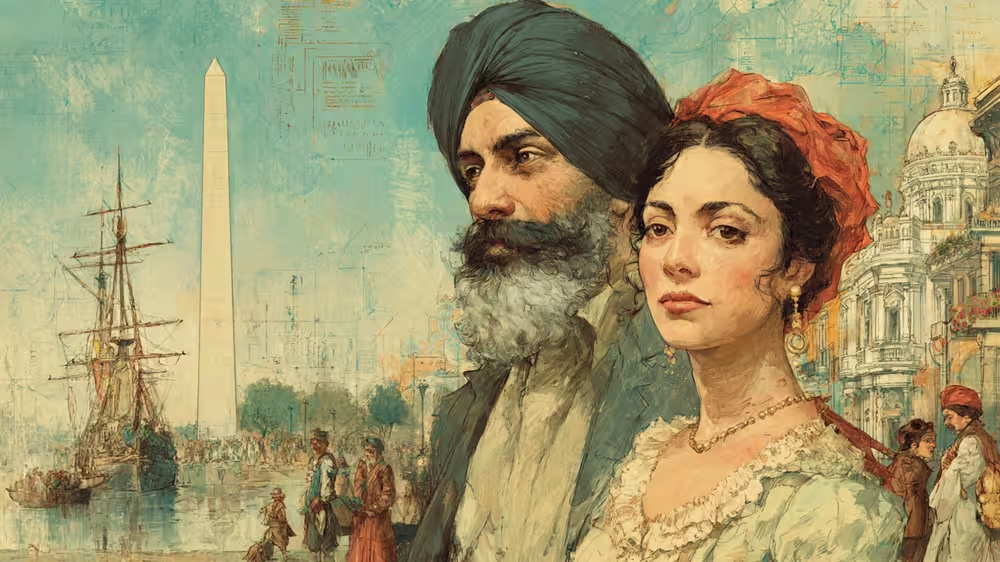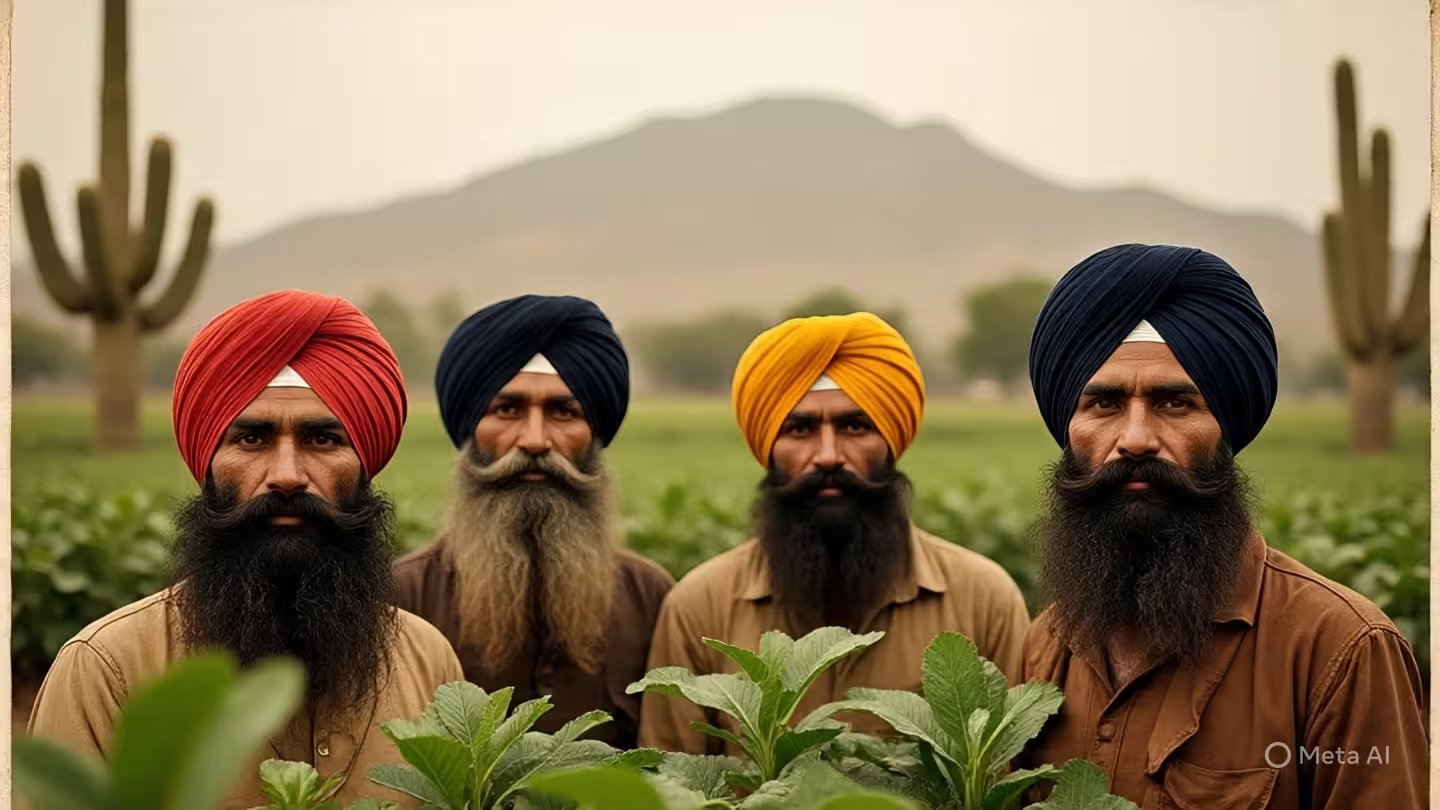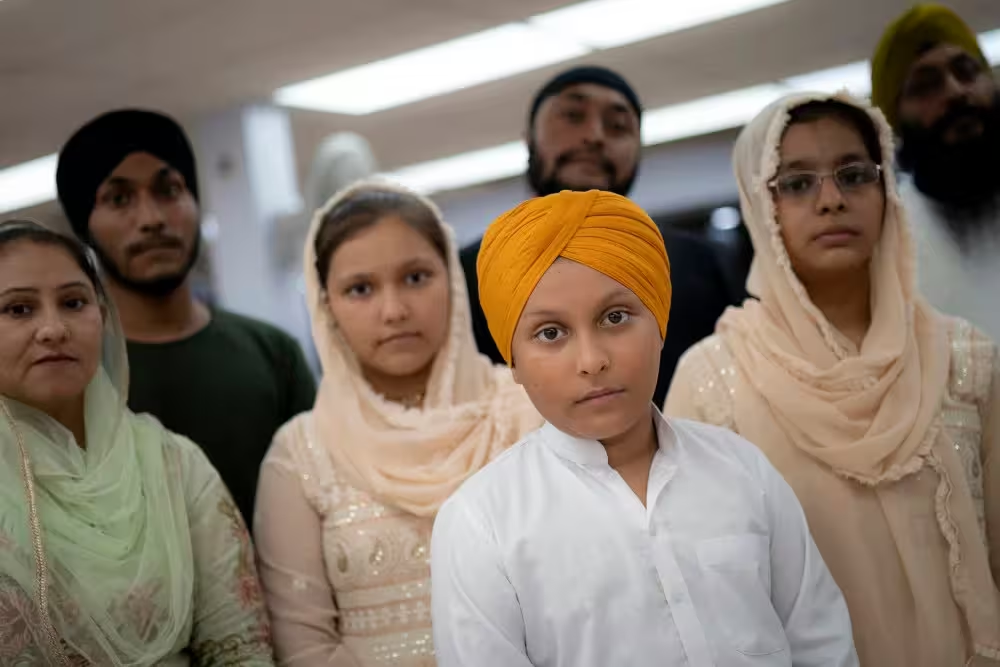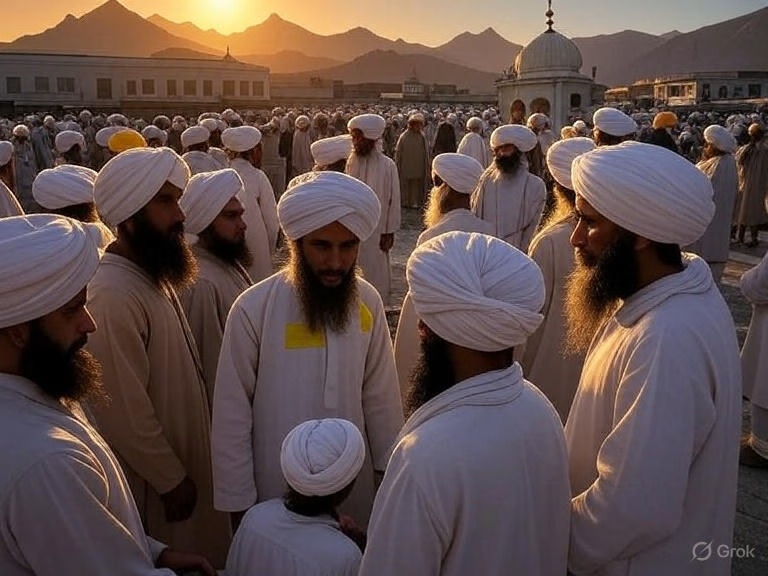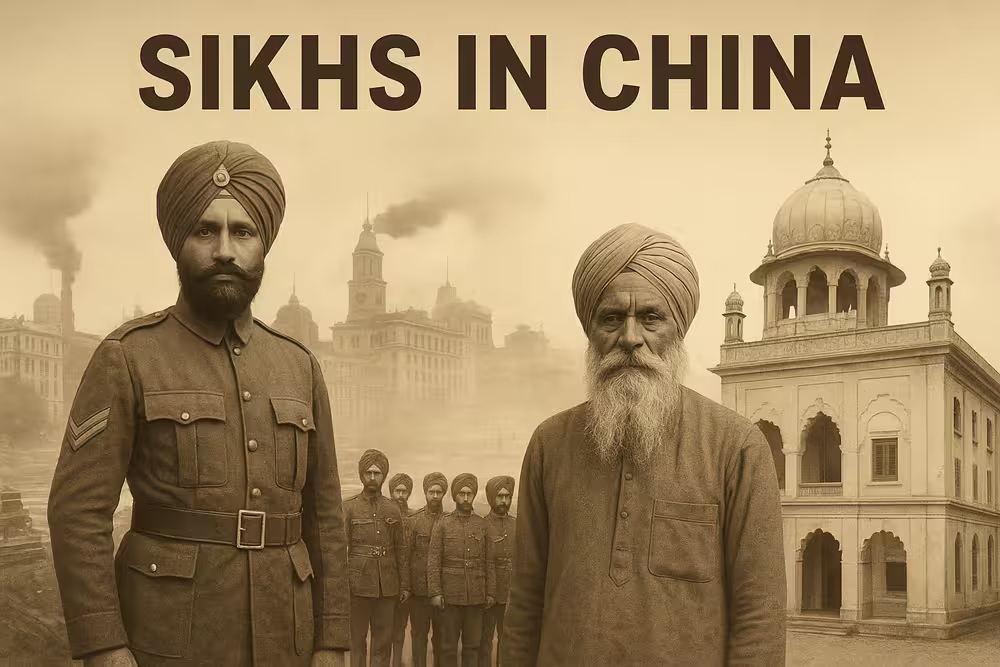The Sikh community in Australia, though relatively small compared to other religious groups, has woven a rich and vibrant thread into the nation’s multicultural fabric. With a population of over 210,000 as of 2021, Sikhs represent the fifth-largest and fastest-growing religious group in Australia, constituting about 0.8% of the population. Their journey, marked by resilience, cultural pride, and significant contributions, began in the early 19th century and continues to shape modern Australia. This blog delves into specific stories of Sikh pioneers, their struggles, and their triumphs, drawing from historical accounts and books to highlight their enduring legacy.
🔹 Sikhs in Australia, State-wise Population Highlights:
Victoria (Melbourne): ~87,000 Sikhs
New South Wales (Sydney): ~55,000 Sikhs
Queensland: ~28,000 Sikhs
Western Australia: ~13,000 Sikhs
South Australia, ACT, and other regions: smaller but growing Sikh communities
Timeline of Sikh Migration to Australia
Pre-1900: Pioneers of the Outback: "The Untold Story of Sikh Settlers in Australia"
In the scorching deserts and vast expanses of rural Australia, a group of brave and determined individuals left an indelible mark on the country’s history. They were the Sikh cameleers, hawkers, and laborers who arrived in the mid-1800s, bringing with them their culture, resilience, and entrepreneurial spirit.

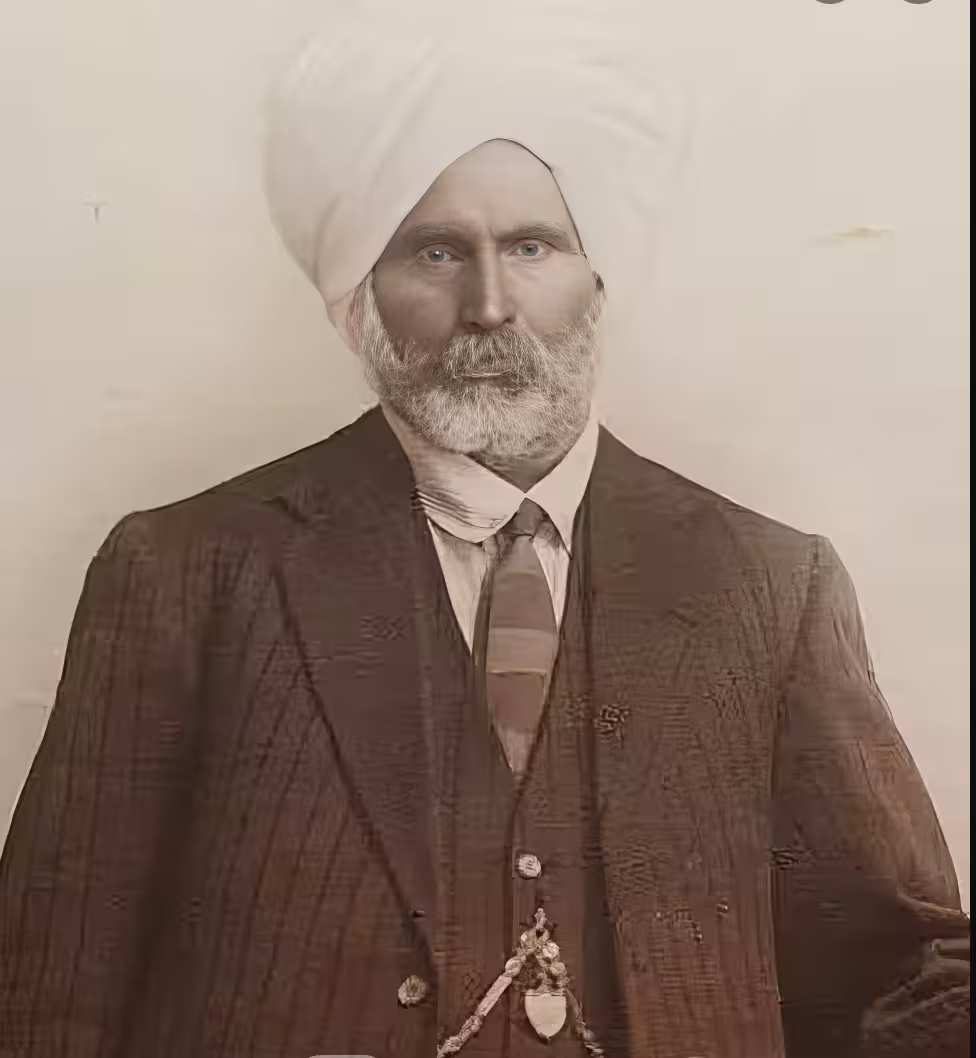
One of the earliest known Sikh arrivals was Dabee Singh, who landed in Queensland in 1844 as an indentured laborer. He worked as a shepherd and hut keeper, paving the way for others to follow. These pioneers faced numerous challenges, from harsh climate conditions to racial discrimination under the White Australia Policy.
Yet, they persevered and earned widespread respect for their honesty and hard work. Baba Ram Singh and Otim Singh are two such pioneers who mastered the hawking trade, selling goods on credit to farmers and their families. Their success led to the establishment of “The People Stores,” a testament to Sikh entrepreneurship in Australia.

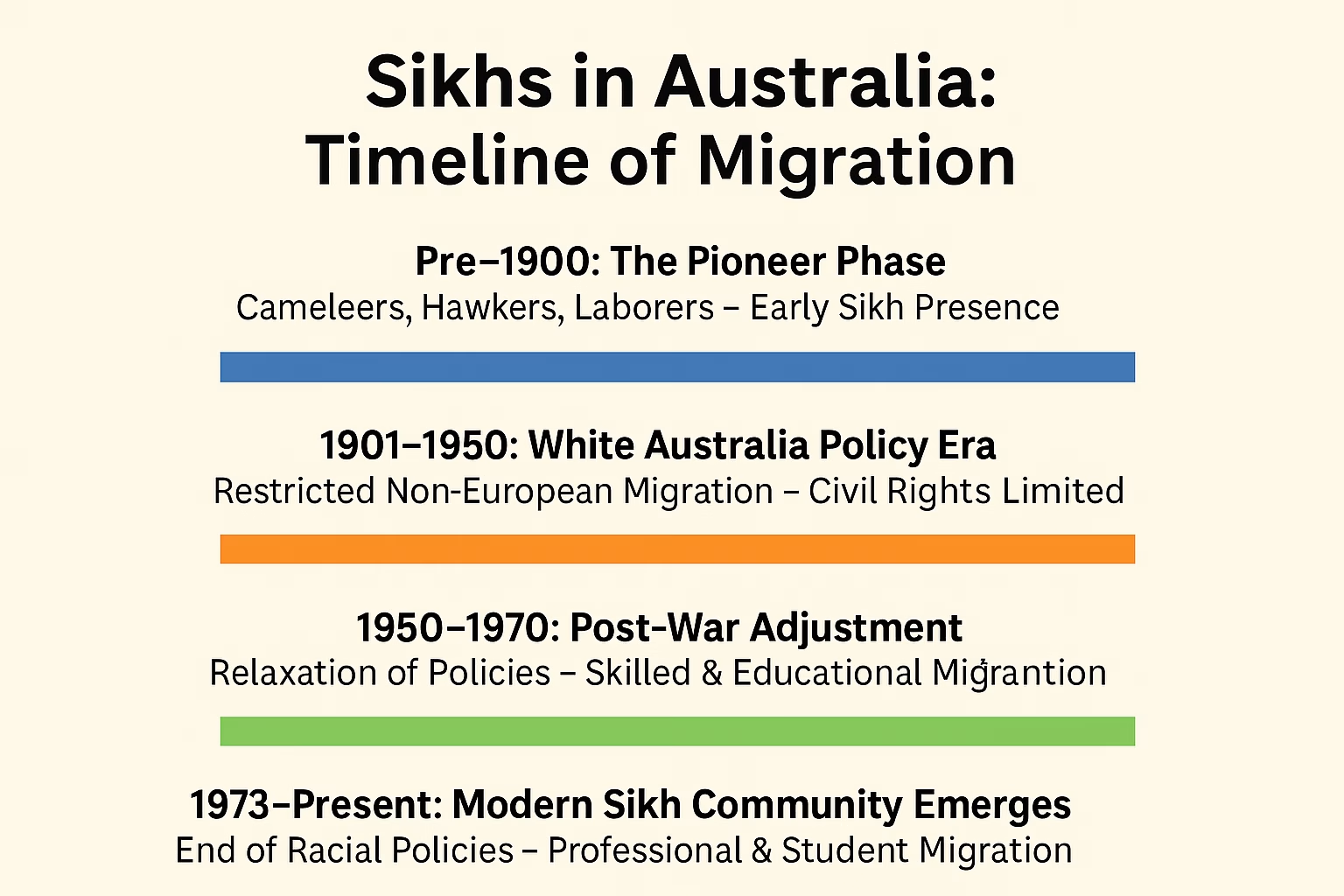
These Sikh settlers not only contributed to the Australian economy but also brought their culture and traditions with them. Baba Ram Singh is credited with bringing the first Guru Granth Sahib, the Sikh holy scripture, to Australia in the early 1920s, laying the foundation for Sikh religious life in the country.
As they traveled vast distances on foot or by horse and cart, Sikh hawkers forged close relationships with rural communities. Stories of them cooking curries with local women and playing cricket with men highlight their integration into Australian life, despite facing racial barriers.
Their legacy continues to inspire future generations. Today, the Sikh community in Australia is thriving, with many contributing to various fields, from business to sports.

Pre-1900: Baba Ram Singh and Otim (Uttam) Singh
Baba Ram Singh and Otim (Uttam) Singh are two such pioneers whose stories are chronicled in Sikh History in Australia by Len Kenna and Crystal Jordan. Arriving in 1890, they mastered the hawking trade, selling goods from workwear to trinkets on credit to farmers and their families. By 1907, their success led to the establishment of “The People Stores,” a significant milestone for Sikh entrepreneurship in Australia. Baba Ram Singh, who lived to the remarkable age of 106, is credited with bringing the first Guru Granth Sahib, the Sikh holy scripture, to Australia in the early 1920s, laying the foundation for Sikh religious life in the country. Otim Singh, meanwhile, amassed £10,000 and built a thriving business on Kangaroo Island, showcasing the economic impact of Sikh settlers despite restrictive immigration policies.
These hawkers operated within a credit-based system, navigating vast distances on foot or by horse and cart, forging close relationships with rural communities. Stories of Sikh hawkers cooking curries with local women and playing cricket with men highlight their integration into Australian life, even as they faced racial discrimination under the White Australia Policy. Their ability to overcome such challenges is a testament to their resilience, as detailed in A Punjabi Community in Australia: From Indian Sojourners to Australian Citizens, which underscores how Sikhs won the respect of locals through their honesty and hard work.

1950–1970: Post-War Adjustment
Following World War II, Australia’s need for labor led to a slow relaxation of race-based immigration policies:
1. Relaxation of immigration policies begins.
2. A few Sikh veterans from the British Indian Army permitted to stay.
3.Early skilled migrants and students arrive under education and labor programs.
4. Sikhs begin forming small cultural and religious networks in urban centers.
1973 Onwards: The Modern Sikh Community Emerges
In 1973, the White Australia Policy was officially dismantled, leading to a new wave of migration from Punjab and other parts of India.
The 1980s and 1990s saw Sikhs arriving as students, skilled migrants, and professionals, especially in sectors like healthcare, IT, agriculture, and trucking.
Today, Sikhs are well-represented across Australia, particularly in Melbourne, Sydney, Brisbane, and regional towns like Woolgoolga, known for its long-established Sikh farming community.
The Cameleers: Sikh Contributions to Australia’s Interior
In the 1860s, Sikhs were among the cameleers, often referred to as “Ghans,” who played a crucial role in connecting Australia’s coastal cities to its remote interior. These men, including Sikhs from Punjab, managed camel trains that transported goods and supported exploration. The book Sikhs in Australia by the Australian Indian Historical Society notes that Sikhs established camel-breeding stations and caravanserais, creating vital infrastructure until the 1930s when automobiles replaced camels.
One notable figure is Siva Singh, whose hawking wagon is a historical artifact soon to be displayed in Benalla, Victoria. His story, as recounted in Sikh History in Australia, illustrates the adaptability of Sikh migrants who transitioned from cameleers to hawkers, contributing to both economic and cultural landscapes. The Sikh practice of cremation, often a public spectacle, further embedded their presence in local memory, with the first recorded Sikh cremation in Adelaide in 1903 reported in The Advertiser and The Observer.
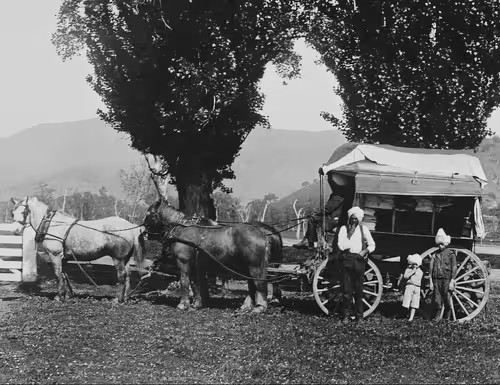

Sikh Military Contributions: Heroes of Anzac and Beyond
Sikhs have also left a profound mark on Australia’s military history, as explored in Sikhs: A Story of a People, Their Faith and Culture by DK Publishing. During World War I, Sikhs fought alongside Anzacs at Gallipoli, with the 14th Sikh Regiment suffering devastating losses—379 deaths on June 4, 1915, leaving only four survivors. The book highlights the Sikh concept of the “saint-soldier,” which drove many to serve with courage, despite being only 2% of India’s population yet contributing a third of its volunteer army in WWI.
In World War II, Sikhs like Manmohan Singh, one of the first to train as a pilot, became a celebrated figure. His tragic death in Broome, where he drowned after surviving a plane explosion due to his inability to swim, is a poignant story uncovered by the Australian Sikh Heritage organization. Harjit Singh, a co-founder of this group, has worked to preserve such narratives, emphasizing Sikh contributions to Australia’s defining moments. These stories, detailed in Sikhs: A Story of a People, Their Faith and Culture, underscore the community’s valor and sacrifice.
Cultural and Religious Milestones: The First Gurdwara
The establishment of Australia’s first gurdwara in Woolgoolga in 1968 marked a significant milestone for the Sikh community. Founded by Ram Singh Rai, who celebrated his 101st birthday in Sydney in 1976, this gurdwara became a cultural and spiritual hub. As noted in Sikhs in Australia by Sikh Youth Australia, gurdwaras serve not only as places of worship but also as centers for education and community bonding, particularly during festivals like Baisakhi. The book A Punjabi Community in Australia describes how the Woolgoolga gurdwara, and later its 2019 rebuild, symbolized the community’s growth and integration into Australian multiculturalism.
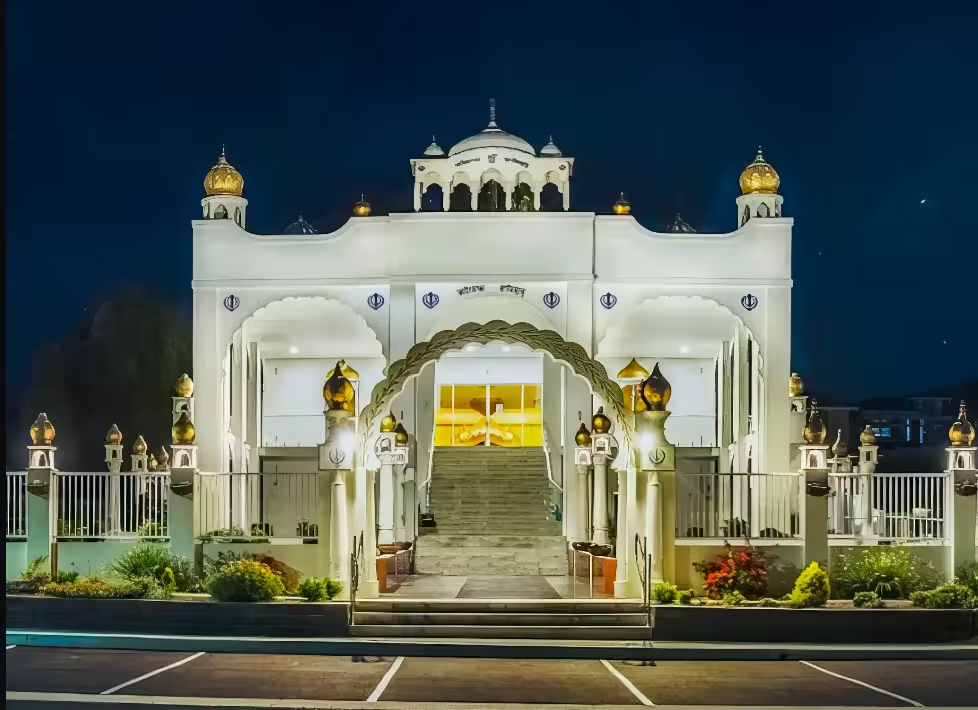

Modern Sikh Contributions: From Farms to Professions
Today, Sikhs in Australia excel in diverse fields, from agriculture to business and healthcare. The Grewal brothers in Mildura, as highlighted in Sikhs and Sikhism in Australia by Rishpal Singh Sidhu, run a successful wheat and flour milling business, supplying atta to Indian stores nationwide. Similarly, Paramdeep Ghumman and his wife, Nirmal, owners of the award-winning Nazaaray Estate vineyard, exemplify the Sikh entrepreneurial spirit. These stories reflect the community’s transition from early laborers to influential professionals, as documented in Sikh History in Australia
The Grewal brothers, with generations of farming experience from Punjab, India, migrated to New Zealand in 1988 and later to Australia in 2000. They started with a vineyard and stone fruit farm, then expanded to almond orchards. During a severe drought from 2007-2010, they diversified by investing in a traditional stone-ground flour mill to produce whole wheat, besan, and maize flour. Their products were successfully introduced to ethnic stores in Australia and New Zealand. The brothers also opened an Indian restaurant in Mildura to supplement their income during the drought.
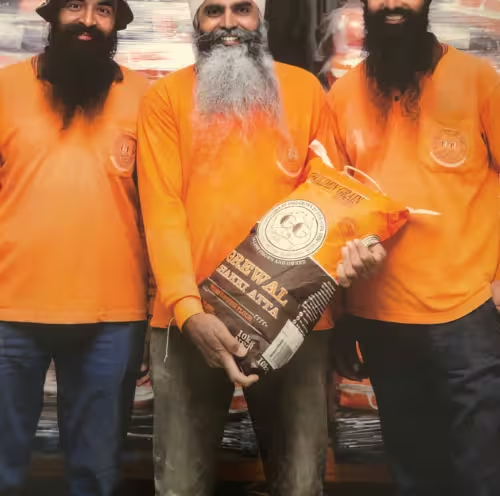

Paramdeep Ghumman and his wife, Nirmal, Nazaaray Estate vineyard.
Param and Nirmal Ghumman began their Australian journey in 1981. Unlike many Australian winemakers, Param’s introduction to wine came relatively late, at 30 years old, when he savored his first glass of French Champagne on a flight from India to Australia. This moment sparked his interest, and little did he know that one day his own wines would grace the tables of Australia’s top restaurants.
Paramdeep Ghumman and his wife, Nirmal, are the proud owners of Nazaaray Estate vineyard, a renowned and award-winning winery. With a passion for winemaking and a commitment to quality, they have established their estate as a prominent player in the industry. Under their expert care, Nazaaray Estate vineyard produces exceptional wines that showcase their dedication to excellence. The Ghummans’ journey in winemaking is a testament to their hard work and perseverance, and their awards are a well-deserved recognition of their craft.
Children’s Literature: Preserving Sikh Identity
The Sikh experience in Australia is also captured in children’s literature, which fosters cultural pride among younger generations. Kaur Life’s compilation of children’s books includes titles like The Boy with Long Hair by Pushpinder Kaur, a true story of a Sikh boy in California navigating identity challenges, which resonates with Sikh youth in Australia facing similar issues. Another book, Daya and Dharam Go to the Gurdwara by Deep Kaur, follows siblings learning about their faith, reflecting the experiences of Australian Sikh children visiting gurdwaras. These stories, as noted in Children’s Books About Sikh Faith and Culture by Brownie Points Teaching, emphasize themes of identity and resilience, crucial for Sikh youth in a multicultural society.

The Boy with Long Hair by Pushpinder Kaur Singh
The Boy with Long Hair is a true story of a California-born Sikh.
My husband and I moved to the United States when Tejinder was almost three years old. He was quite happy in San Jose. His family moved to a small town where they had not seen a boy with long hair. He spoke Punjabi but no English. Within three months, he unlearned Punjabi and became proficient in English.
In school, he was the boy with long hair, teased and harassed by his peers. He had to explain to his teachers and peers what his long hair meant. Sometimes people understood, sometimes they didn’t. Although very trying at times, his Sikh identity kept him focused and away from the many evils that stalk our youth.
Here, no one wanted to play with him, or talk to him. His isolation saddened him and ignorance of kids around him angered him. This book tells the story of courage and triumph of this young boy, how he dealt with the situation and finally became happy as the boy with long hair. His unique identity was no longer a problem. Everyone in his school knew him as an intelligent fun-loving boy.
In the words of the author, Pushpinder Kaur, it is a story for all those children who have felt left out and lonely because their heritage has given them customs that seem strange to some people. It is the story of a boy who knows that although people may look or behave differently, there is much that they share. She states, “This coloring book teaches children to be proactive, finding solutions to problems.
Conclusion: A Legacy of Integration and Impact
The Sikh community’s journey in Australia is a story of perseverance, cultural pride, and contribution. From the hawkers like Baba Ram Singh and Otim Singh to military heroes like Manmohan Singh, and from the establishment of the first gurdwara to modern success stories in business and literature, Sikhs have enriched Australia’s social, economic, and cultural landscape. Books like Sikh History in Australia, Sikhs: A Story of a People, Their Faith and Culture, and A Punjabi Community in Australia provide invaluable insights into these narratives, ensuring that the legacy of Sikhs in Australia continues to inspire future generations.
As Australia embraces its multicultural identity, the Sikh community’s stories remind us of the power of diversity in building a stronger, more united nation.


